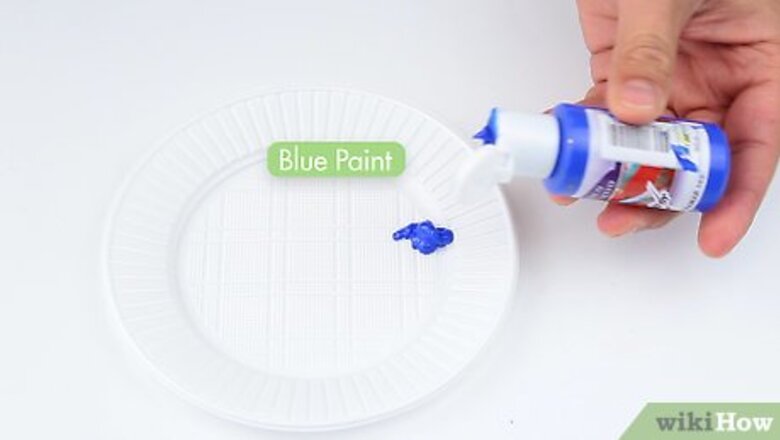
views
X
Research source
- Add black to blue to make dark blue.
- Alternatively, mix a little bit of orange with blue to make a darker blue.
- You can also make dark blue by mixing blue and purple or by mixing cyan and magenta.
Adding Black to Blue
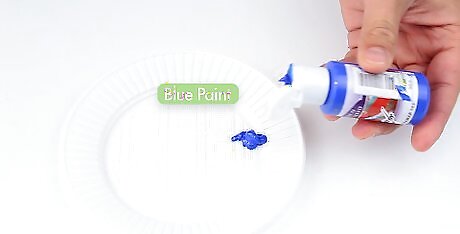
Squeeze the amount of blue paint you will need for your project onto your palette. Make sure that you have enough paint to complete the coverage needed with this shade of dark blue. Once you have mixed the perfect hue, it could be difficult to match this shade a second time. It’s always better to make more dark blue than you need rather than run out. If you do not complete your project, you can store your excess paint in an airtight container like a plastic container you would use to store leftover food. Consider wetting a paper towel or sponge and placing it in the bottom of your container, or using a Sta-Wet Palette to keep your paint from drying out.
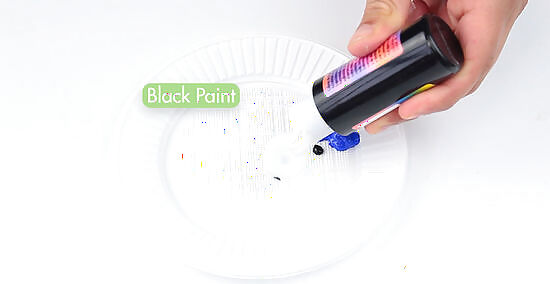
Place a small amount of black paint next to the blue paint on your palette. Avoid putting the black paint directly on top of the blue paint. Placing it next to the blue will allow you to add a little black at a time and give you more control over the shade.
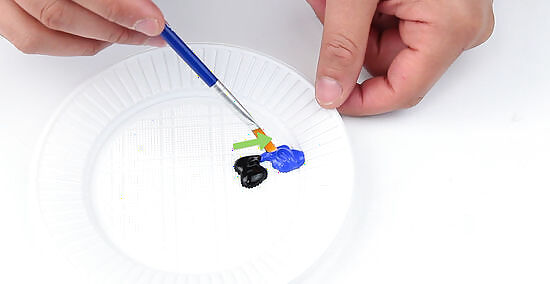
Drag your brush through the edge of the puddle of black paint and pull a small amount of black into the blue paint. Be sure not to take much black paint on your first attempt. Black is a very strong color and a small amount will have a large effect.
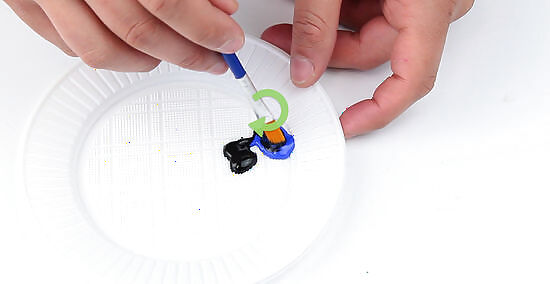
Mix the black into the blue paint a little at a time. Fold the colors together using a mixing tool or cross-hatch strokes with your paint brush. You don't need to mix too thoroughly, which could dull the color. Just combine the paint enough to assess the shade.

Add more black paint and mix as necessary until you reach your desired shade of blue. This could take several repetitions of adding black to the blue paint, but continue to use small amounts so you don't exceed the level of darkness you wish to create. If you accidentally mix too much black into the blue, have some extra blue paint on hand to even out the ratio.
Combining Complementary Colors
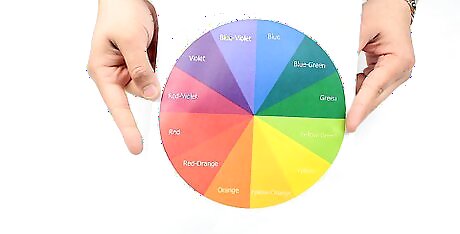
Print out a color wheel. A color wheel presents the primary colors of red, yellow and blue, as well as all of the colors created by combining these primary colors to create others. There are basic color wheels which use only the primary and secondary colors. Consider using an advanced wheel which includes various tints, hues and shades.
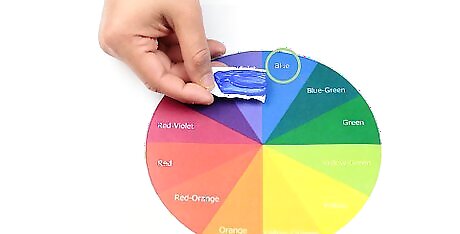
Find the exact placement on the color wheel of the specific hue of blue paint you are beginning with. In order to identify the complementary color, you need to start with the exact placement of your blue paint on the color wheel. Don’t judge the hue based on the title of the paint. Rather, apply the paint to a small bit of white paper and allow it to dry. Compare this color to the color wheel and match the hue to the most accurate section of the wheel.
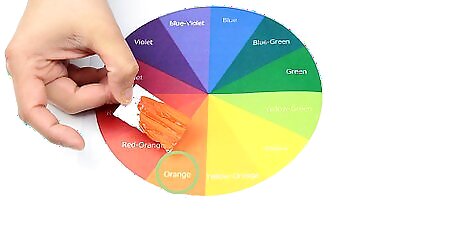
Identify the shade of orange which is complementary to your shade of blue. A complementary color is the color directly across the wheel from the blue you have identified. This should be some version of orange and is the color you will mix with your blue to darken it. A good place to start would be mixing Burnt Sienna with Ultramarine Blue. Another possible color combination is Cadmium Orange and Cobalt Blue.
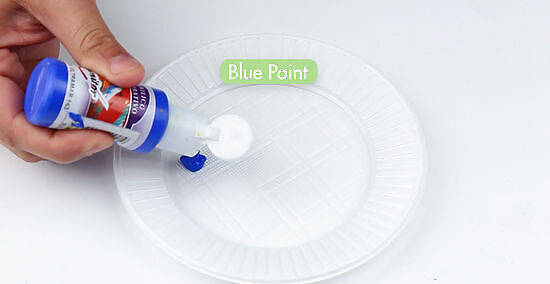
Squeeze enough blue paint onto your palette to complete the coverage necessary with this shade of blue. It is better to have too much paint than too little in order to avoid having to mix more and attempt to match your shade a second time. It is a good idea to save some of your blue paint in case you add too much orange and need to adjust the shade by adding blue back into your mixture.
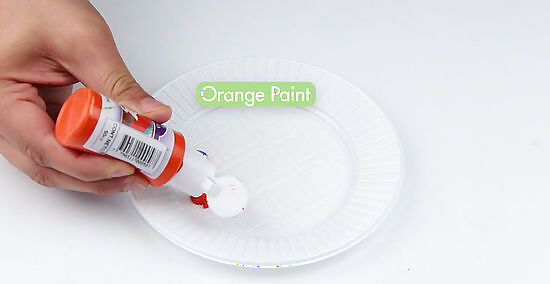
Add a small amount of the orange paint next to the blue paint on your palette. It is best to keep the orange near the blue and mix a little at a time. You will want enough to work with, but you do not need as much orange paint as blue paint.
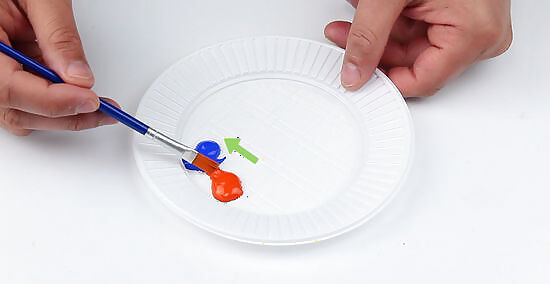
Drag your brush or palette knife tool through the edge of the orange paint and into the blue paint. Be sure not to take much orange paint on your first attempt. Adding only a little orange at a time will give you the chance to see how it changes the shade of blue.
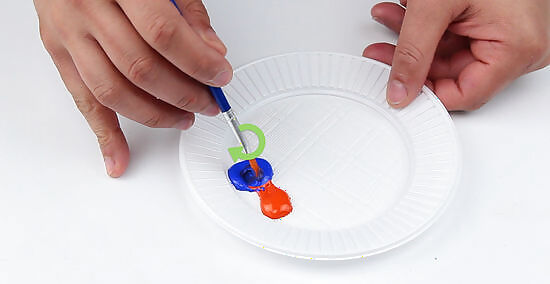
Mix the orange paint into the blue. Fold the orange paint into the blue paint using a mixing tool like a palette knife or make cross-hatches with your paint brush. Using complementary colors can create a vibrant dark blue, so it is best to avoid too much mixing. Allow just enough to asses the shade and keep from dulling the color.
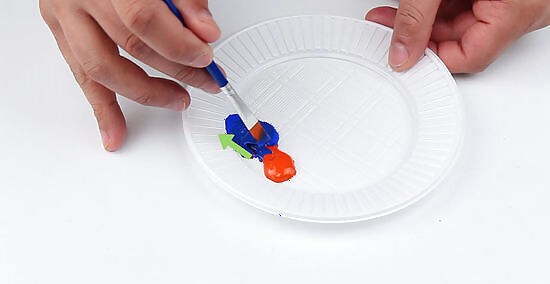
Add more orange a little at a time until you reach the desired shade of blue. Avoid the urge to move on to adding larger amounts of orange. If the orange exceeds blue, you will be moving away from dark blue and blend into a shade of orange. Continue adding small amounts of orange and assessing the outcome until you create your perfect shade of dark blue. If you accidentally mix too much orange into the blue, have some extra blue paint on hand to even out the ratio.
Mixing Analogous Colors to Make a Color Combination
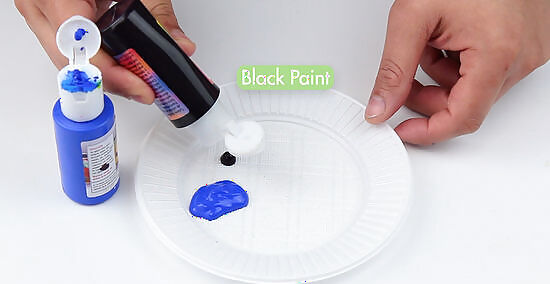
Pour some blue and purple paint on your palette. Purple, or violet, is an analogous color to blue, found next to it on the color wheel. Make sure that you have enough paint to work with. You will want more blue paint as your base color, than your purple mixing color.
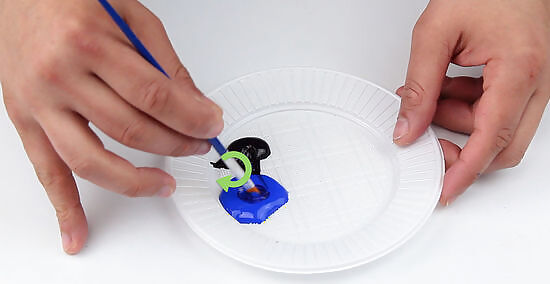
Mix a small amount of purple paint into the original blue. You can use your brush or a palette knife to mix your paint. Add a small amount of purple at a time in order to control the color combination and create a violet-blue.
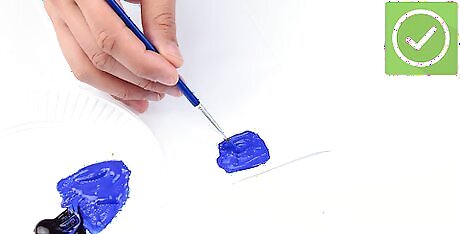
Test your paint color. Many paints, including acrylics, will darken when they dry. Acrylics dry quickly, so you can easily test your paint color by painting a small amount on your canvas and allowing it to dry. This should take no longer than 15 minutes, and will allow you to see the ultimate color before you use this shade for your project. If you are unhappy with the dried color, go back to your palette and adjust it by adding more blue or purple accordingly.




















Comments
0 comment